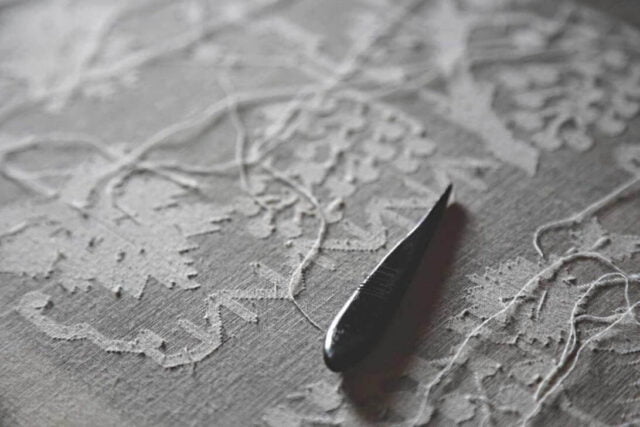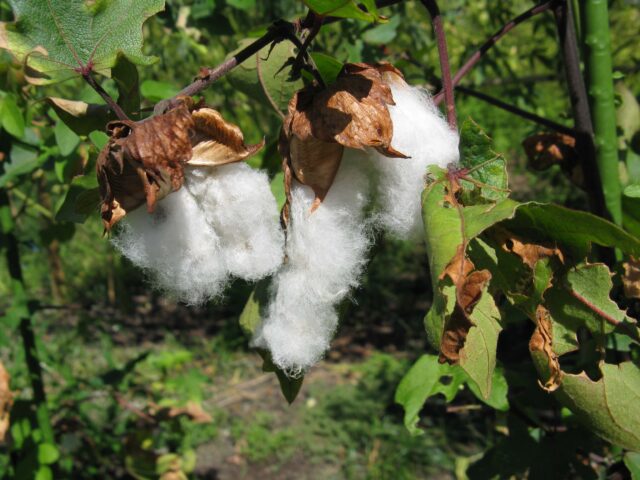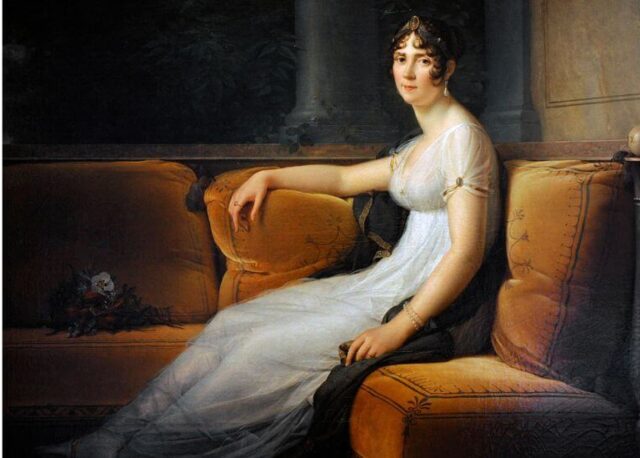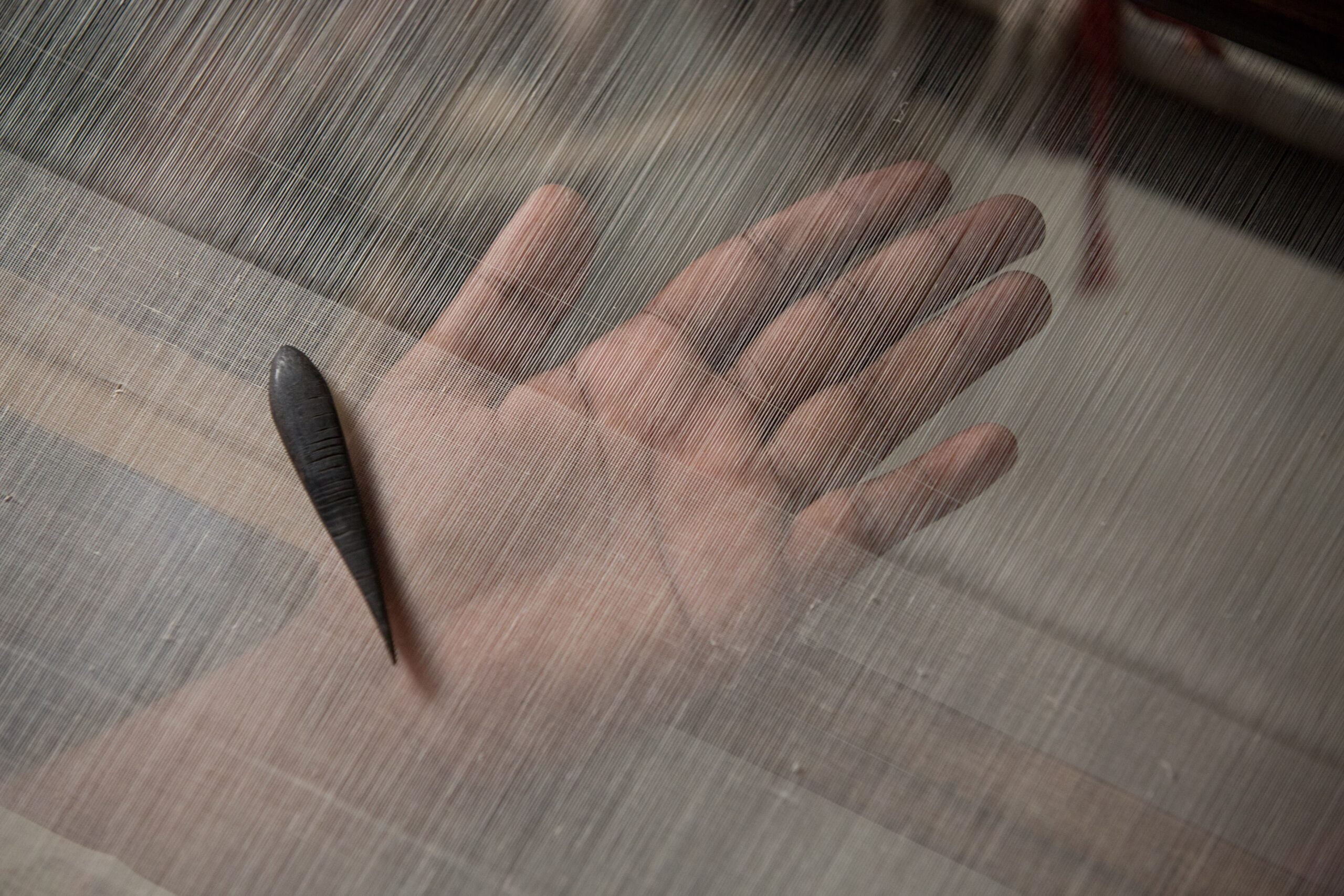In the late 18th century, the social class of Europe was accused and scoffed off for appearing nude in public spaces, which then led to an international fashion scandal. The culprit was no other than the Dhaka Muslin.

However, unfortunately, the Dhaka Muslin which had earned itself several evocative names such as “baft-hawa“, which means “woven air” is lost altogether and perhaps, can never be made again.
Dhaka Muslin: The forgotten heritage of India
Dhaka Muslin plants, Phuti Karpas, were grown along the banks of the Meghna river, which when fully grown, produced a single daffodil-yellow flower twice a year that later turned into snowy florets of cotton fibres.

The Dhaka Muslin was so light and soft that according to some rumours the cloth was woven by mermaids, fairies and even ghosts. Some even said that it was done underwater.
Read more: The Indian Pride Project: This Team Of Heritage Enthusiasts Is Bringing Stolen Historical Objects Back To India
To Be ‘Dressed’ In Fashion, You only Have To ‘Undress’

The Roman author Petronius was the first person in history to raise an eyebrow over the transparency of Dhaka Muslin. He wrote, “Thy bride might as well clothe herself with a garment of the wind as stand forth publicly naked under her clouds of Muslin.”
Meanwhile, in a misogynistic comedic excerpt from an English women’s monthly magazine, a tailor instructs a female client to remove her petticoat, pockets, corset and sleeve to help her achieve the latest fashion.
He explains, “Madame, ’tis done in a moment. ‘Tis an easy matter, you see, to be dressed in fashion, you have only to undress.”
According to a legend, the Muslin’s transparency led to much trouble for Mughal emperor Aurangzeb, when his daughter was accused of appearing naked in public even though she was ensconced in seven layers of Dhaka Muslin.
Still, Dhaka Muslin was a hit and the most expensive fabric of the era. The dedicated fans of this famous fabric included the French queen Marie Antoinette, the French empress Joséphine Bonaparte and Jane Austen.
How Did Dhaka Muslin Disappear Altogether:
It was all going so well but then the British showed up. The East India Company started meddling with the delicate process of manufacturing Dhaka Muslin in the late 18th Century.
The company had then completely replaced the region’s usual customers with those from the British Empire and started to control the whole trade.
They made it hard for the industry, pressurising the weavers to produce higher volumes of the fabric at lower prices, which was not possible given the delicate and elaborate process needed to produce the Muslin.
As weavers struggled to keep up with these demands, they fell into debt. The weavers were paid for the cloth in advance, however, if the finished fabric was not considered to be up to the required standard, they would have to pay it all back to the company. The poor weavers couldn’t keep up with these debt repayments
As war, poverty, and earthquakes became frequent in the region, some weavers switched to making lower-quality cotton fabrics, while others became full-time farmers. As a result, the whole enterprise collapsed.
With generations passing, the knowledge and skill of how to make Dhaka Muslin was also forgotten. With no one to spin the cloud-like silky threads, the Phuti Karpas plant, which had always been hard to tame, wasn’t cultivated anymore.
As a result, the plant disappeared into wild obscurity along with the legend of the loom.
Images credits: Google images
Sources: BBC, Live History India, Global Voices
Find the blogger at @sejalsejals38
This post is tagged under: Dhaka Muslin, Bengal Muslin, What is Muslin, Which country produces Muslin, British era, Phuti Karpas, Who destroyed the Muslin industry, The East India Company, Why did British destroy the Muslin industry of India, Marie Antoinette, Joséphine Bonaparte, Jane Austen, Bengal Heritage Art, From where Dhaka Muslin was imported, Who manufactured Dhaka Muslin, How’s Dhaka Muslin made, Is Muslin a Heritage of Bengal



































